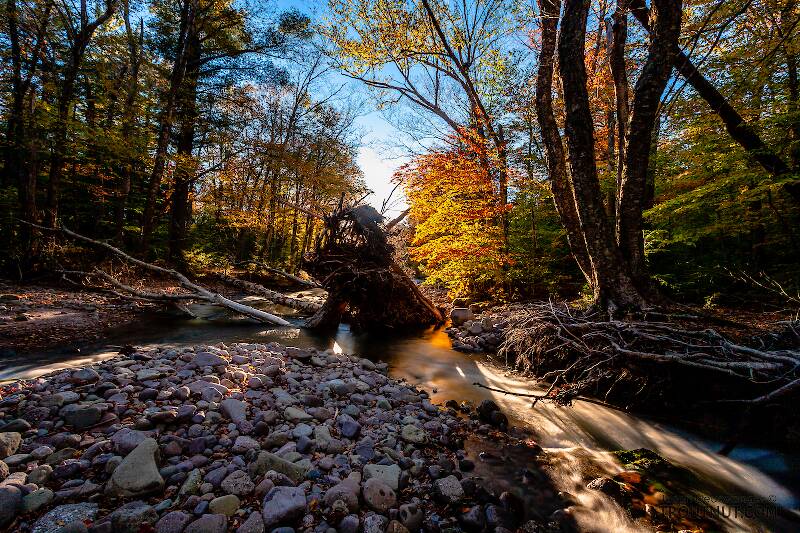
Salmonflies
Pteronarcys californica
The giant Salmonflies of the Western mountains are legendary for their proclivity to elicit consistent dry-fly action and ferocious strikes.


Stonefly Species Allocapnia pechumani (Little Snowflies)
Species Range
Physical description
Most physical descriptions on Troutnut are direct or slightly edited quotes from the original scientific sources describing or updating the species, although there may be errors in copying them to this website. Such descriptions aren't always definitive, because species often turn out to be more variable than the original describers observed. In some cases, only a single specimen was described! However, they are useful starting points.
Description from GBIFthe Global Biodiversity Information Facility
Source: Epiproct And Dorsal Process Structure In The Allocapnia Forbesi Frison, Allocapnia Pygmaea (Burmeister), And Allocapnia Rickeri Frison Species Groups (Plecoptera: Capniidae), And Inclusion Of Allocapnia Minima (Newport) In A New Species Group
Male epiproct. Apical segment of upper limb ca. 251µm long, hastate in dorsal aspect; width across posterolateral projections ca. 208 µm; apical ca. 243 µm armed with patch of wave-like spikes (Figs. 31 - 33). Basal segment of upper limb ca. 511 µm long and ca. 200 µm wide at mid-length; marginal areas of basal segment bearing sparse setal patch in apical half. Male tergal process. Prominent raised structures on abdominal terga 7 and 8 (Figs. 34 - 36). Process of tergum 7 ca. 79 µm wide and emarginate on dorsal margin; process of tergum 8 ca. 181 µm wide and bearing a shallow dorsal notch ca. 29 µm wide. Surfaces of both tergal processes covered with scale-like structures.
Start a Discussion of Allocapnia pechumani
Stonefly Species Allocapnia pechumani (Little Snowflies)
Species Range
Common Names
Resources
- NatureServe
- Integrated Taxonomic Information System
- Global Biodiversity Information Facility
- Described by Ross, H.H. & Ricker, W.E. (1964) New species of winter stoneflies, genus Allocapnia (Plecoptera, Capniidae.). Transactions of the Illinois State Academy of Sciences 57, 88–93.

